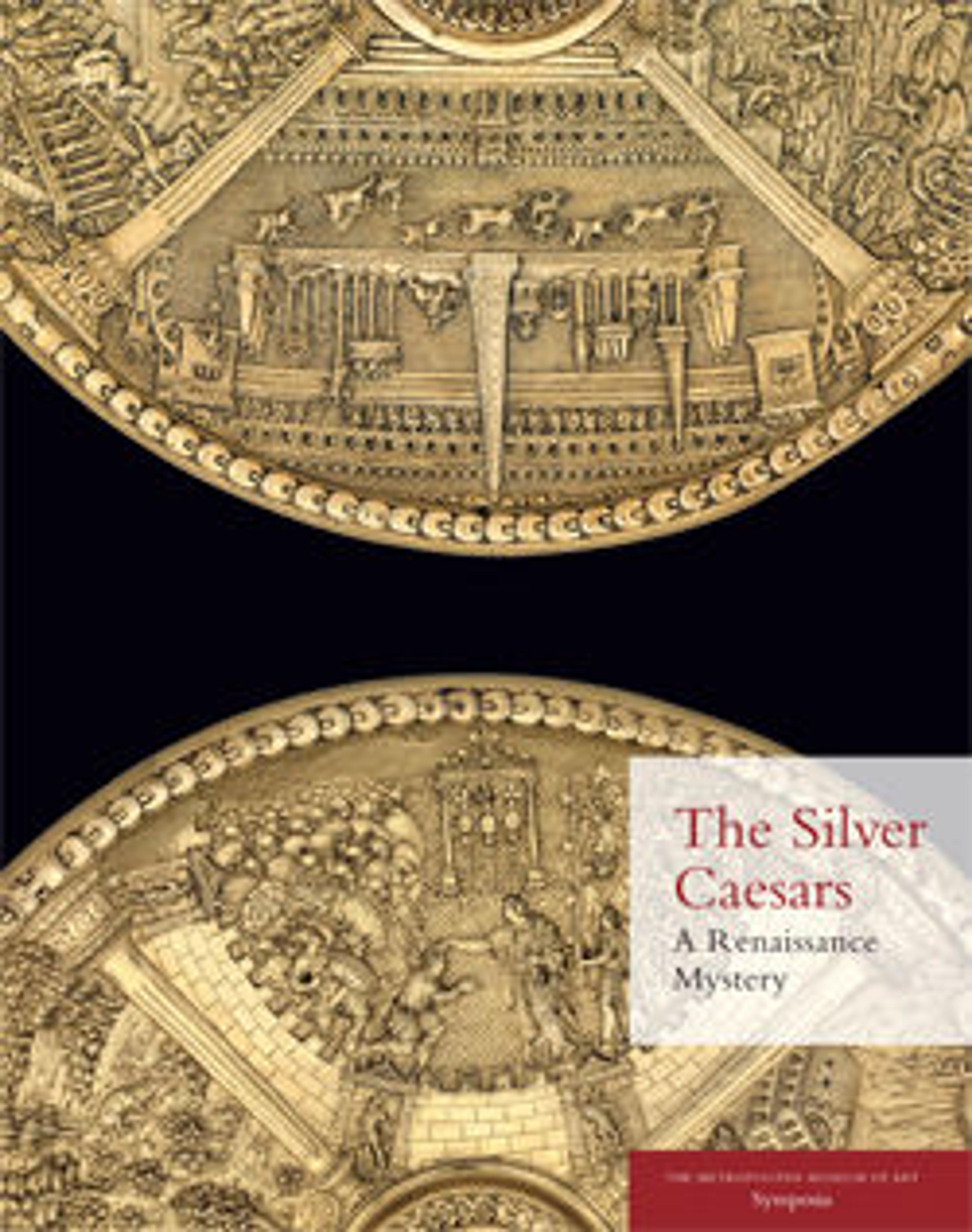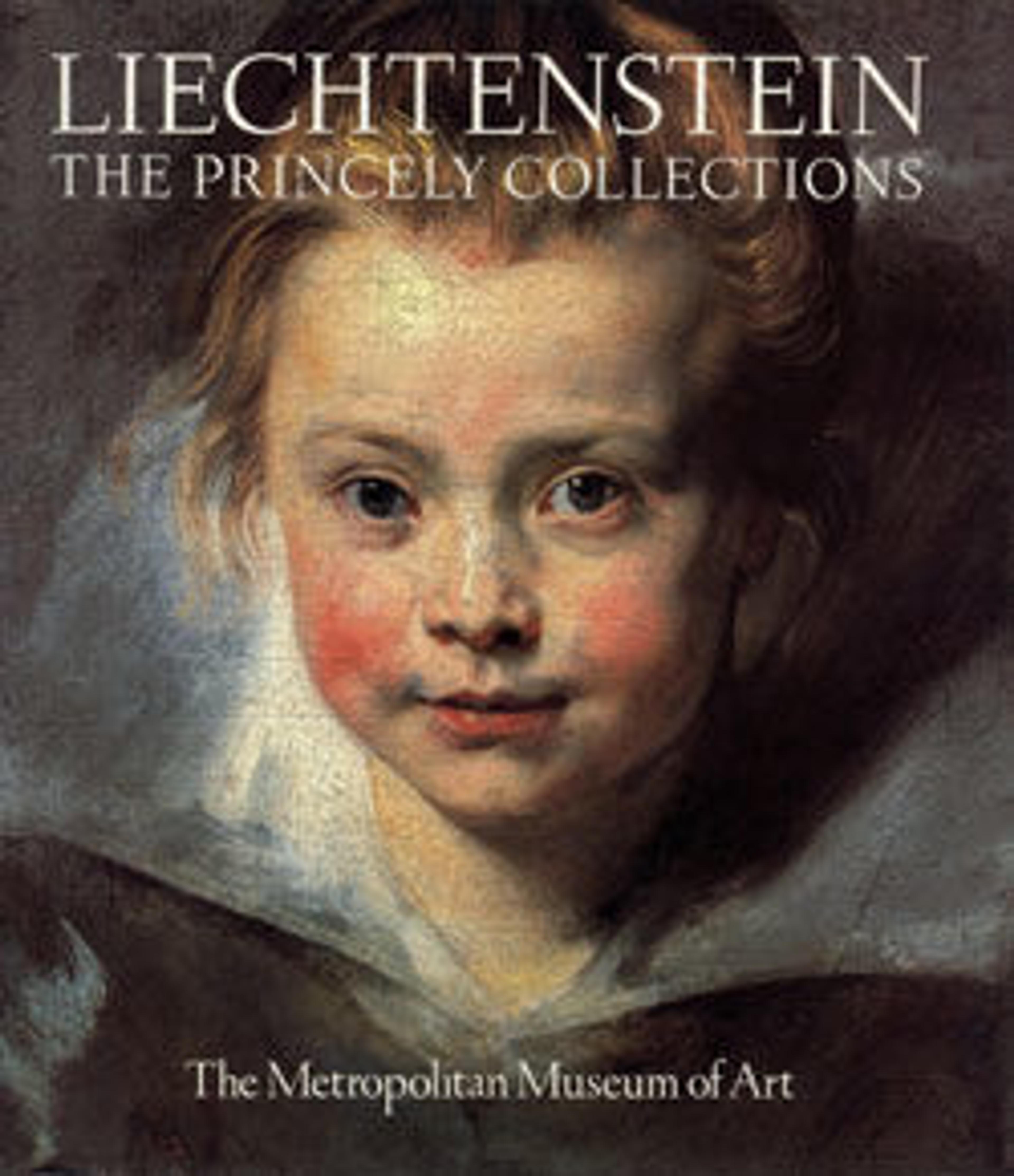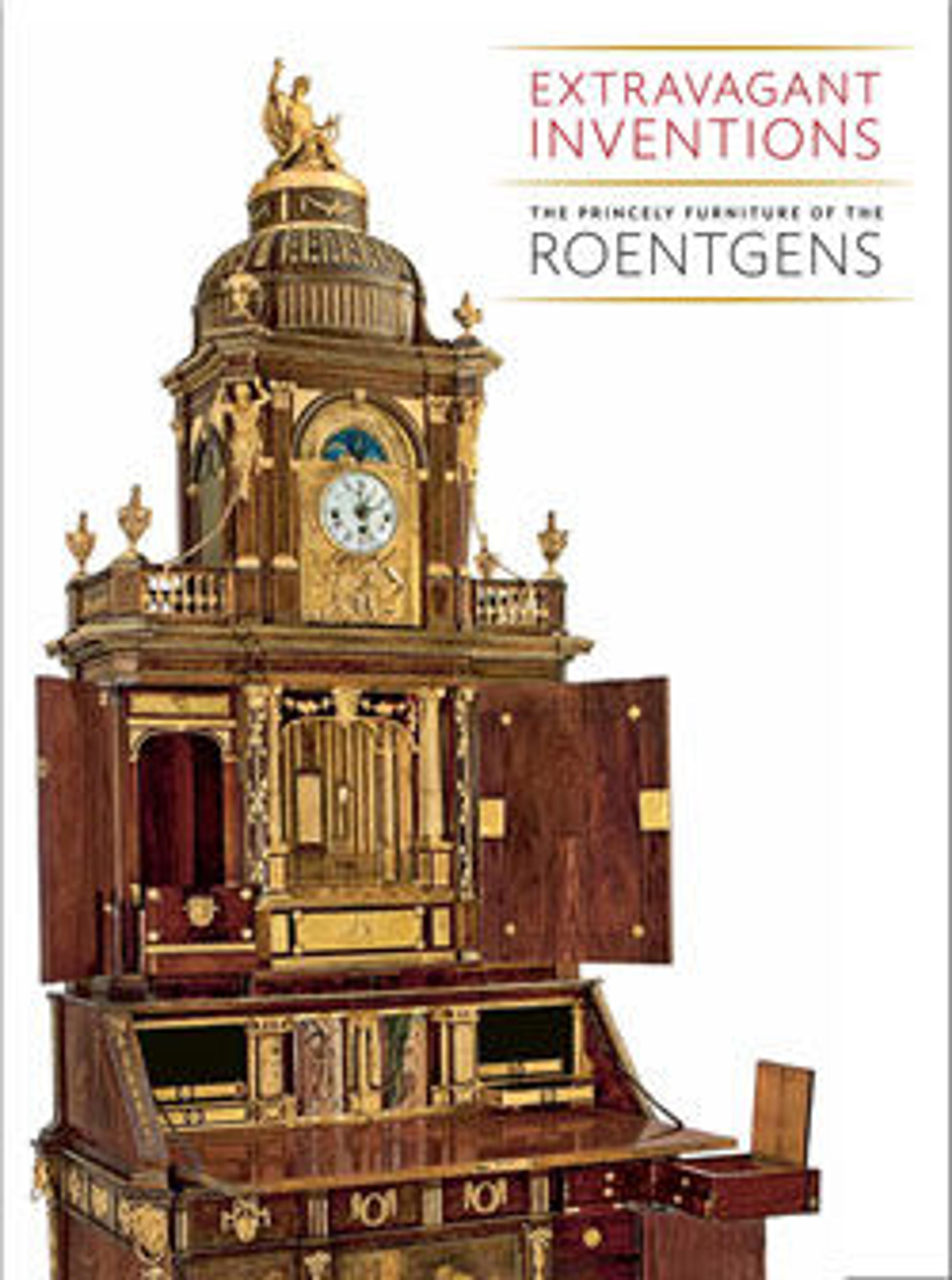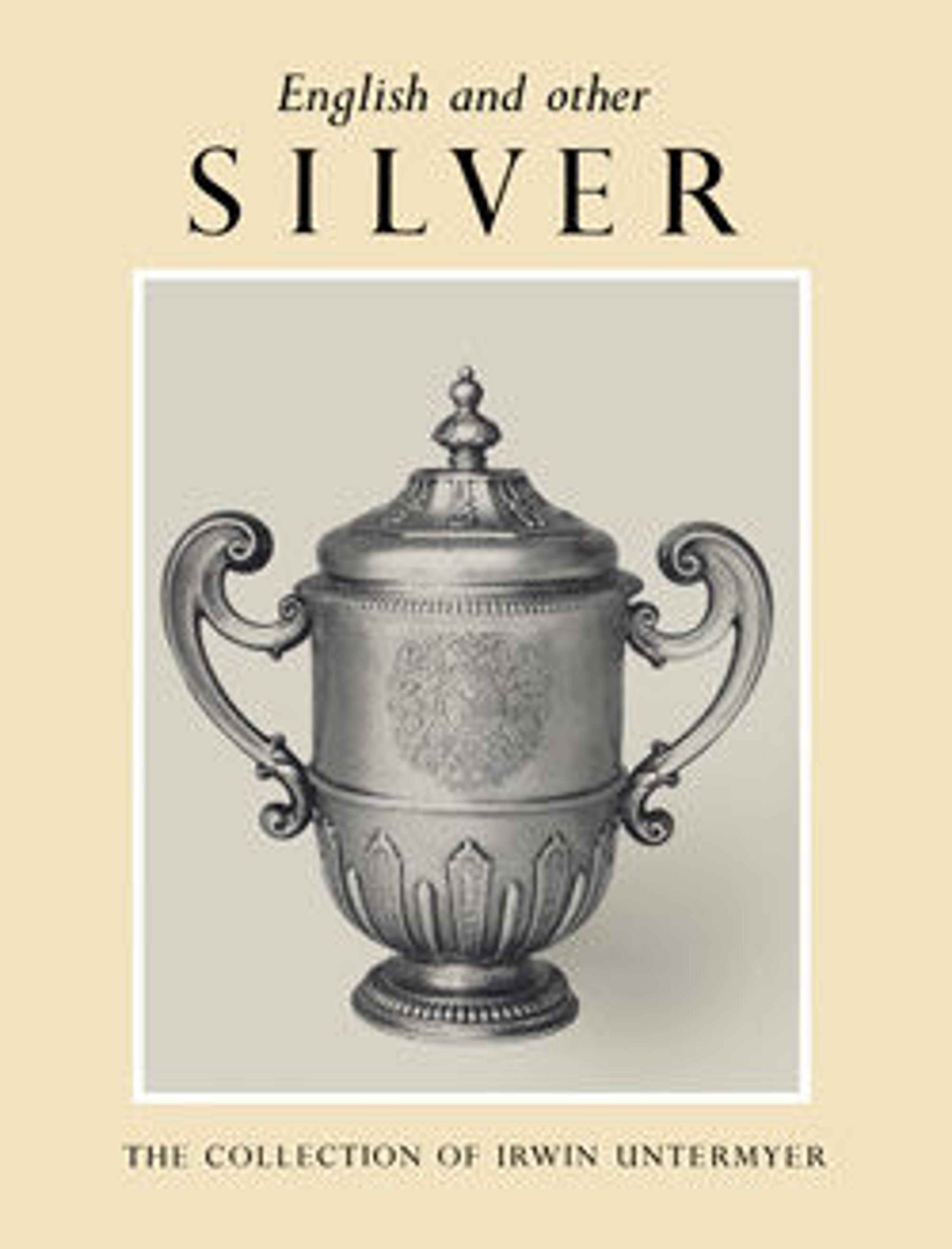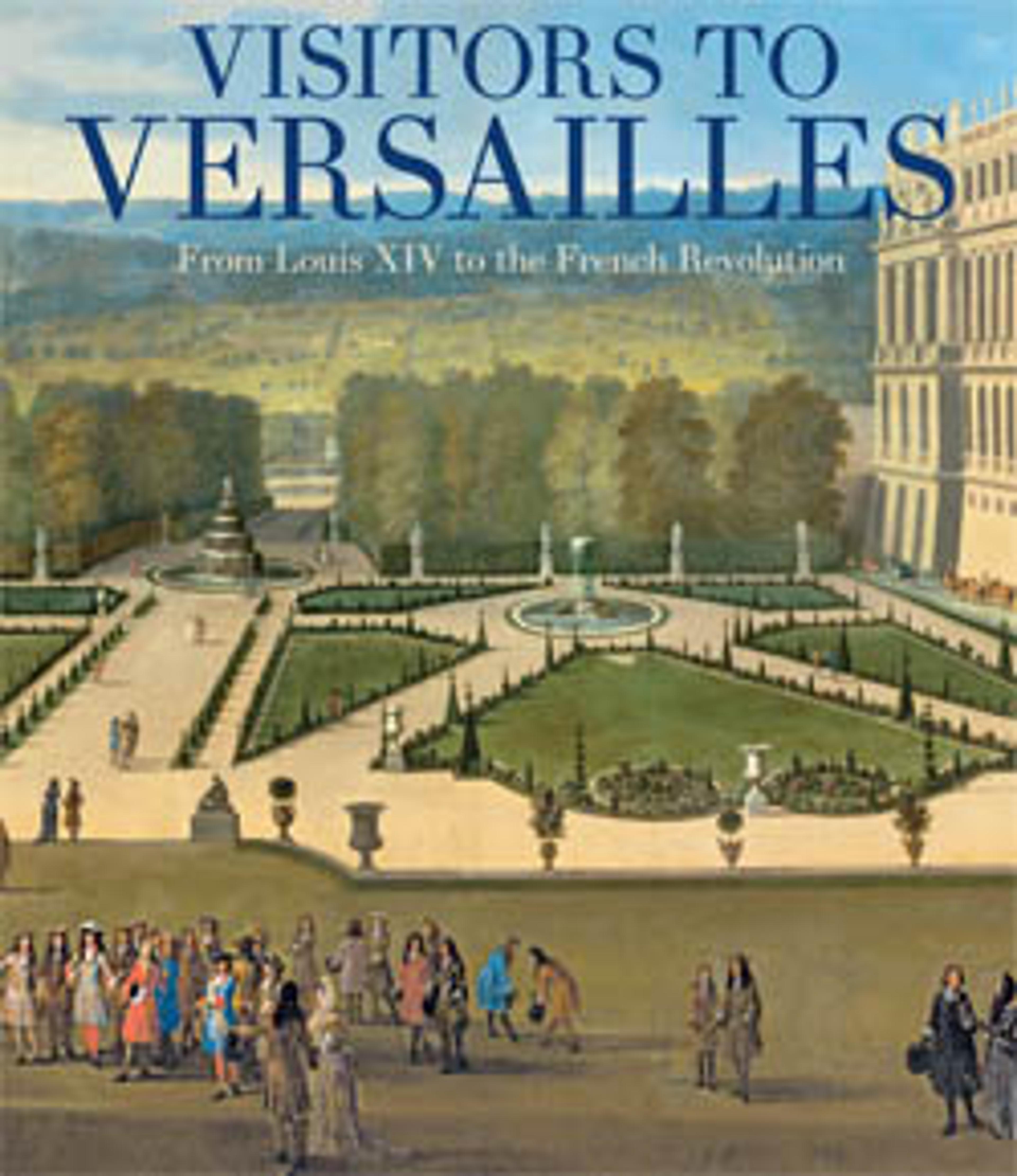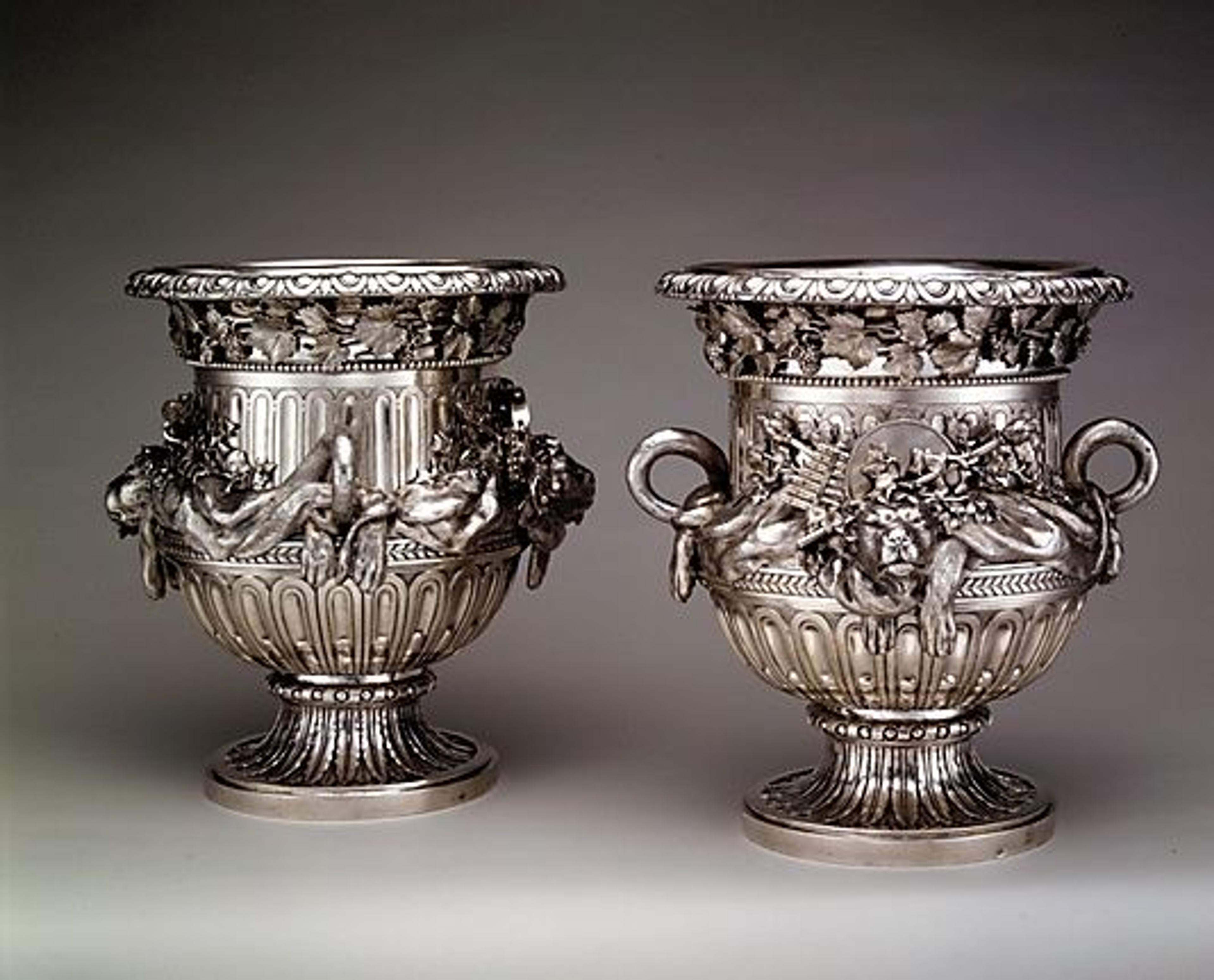
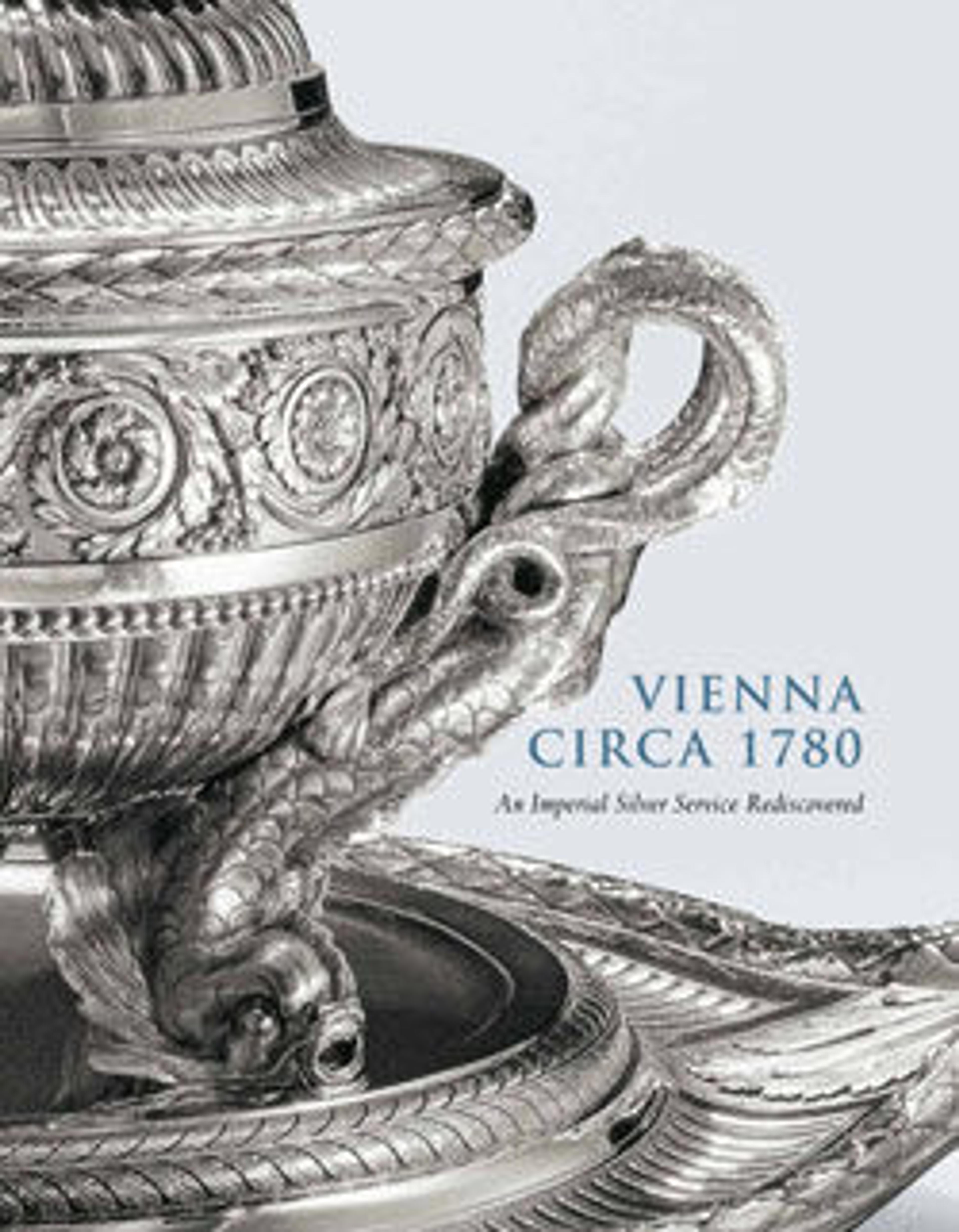
Vienna Circa 1780: An Imperial Silver Service Rediscovered
Eighteenth-century European court society was defined by its lavish banquets featuring complex settings and protocols designed to indicate the status of both hosts and guests. Integral to these events were extravagant dining services of silver and gold, many of which were subsequently melted down to suit changing fashions or to replenish depleted treasuries. Vienna Circa 1780: An Imperial Silver Service Rediscovered presents a rare surviving ensemble that exemplifies princely dining at its most splendid.
The service was made in Vienna from about 1779 to 1782 by Austrian master goldsmith Ignaz Joseph Würth for members of the Imperial Habsburg family, Duke Albert Casimir of Sachsen-Teschen and his consort, Archduchess Marie Christine of Austria. The so-called Second Sachsen-Teschen Service originally comprised hundreds of items, including wine coolers, tureens, dishes with cloches, saltcellars, candelabra, candlesticks, and serving implements, as well as more than twenty-four dozen silver plates and porcelain-mounted silver and gilded-silver flatware. Albert and Marie Christine displayed these magnificent pieces proudly in banquets they hosted as joint governors of the Austrian Netherlands from 1781 to 1793.
Last seen by the public at the beginning of the twentieth century and once believed lost, the ensemble has been partially reunited in this book—and the exhibition it accompanies—and placed in the context of contemporary silver work from other European cities. In the process, Wolfram Koeppe surveys the heady atmosphere during what has been called the Golden Age of Ceremony and traces dining etiquette during its transition from the elaborate parade buffets that incorporated ostentatious displays of silver treasures to the slightly less-cumbersome service à la française, which allowed for all dishes in a particular course to be placed on the table at once. Hosting an appropriately grand and socially correct banquet further entailed carefully conceived seating plans and napkins folded in elaborate shapes intended to reflect the relative hierarchy of the guests.
The author also traces Vienna's rise as a cultural center in the late eighteenth century, an accomplishment in which the Würth dynasty of goldsmiths figured prominently, and he compares that family's achievements with those of other European masters, including the famous Germains of Paris and Luigi Valadier of Rome. In addressing each element of the service itself, Dr. Koeppe explores the ways in which Würth drew from a variety of influences to create a decorative style uniquely his own. The result demonstrates how Würth melded the reigning French Neoclassical style with purely Viennese elements—such as a vigorous design, a sparkling play of textures, and the juxtaposition of classical elements with whimsical sculptural details—and established Vienna as a major center of the Neoclassical goldsmith's art.
Met Art in Publication
You May Also Like
Press the down key to skip to the last item.
Citation
Koeppe, Wolfram, Metropolitan Museum of Art, and Liechtenstein-Museum, eds. 2010. Vienna circa 1780: An Imperial Silver Service Rediscovered ; [... in Conjunction with the Exhibiton Vienna Circa 1780: An Imperial Silver Service Rediscovered on View at The Metropolitan Museum of Art, New York, April 13 - November 7, 2010 ; a Second Exhibition ... at the Liechtenstein Museum, Vienna, December 2, 2010 - April 26, 2011]. New York, NY: Metropolitan Museum of Art.
